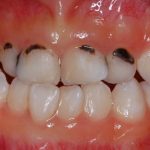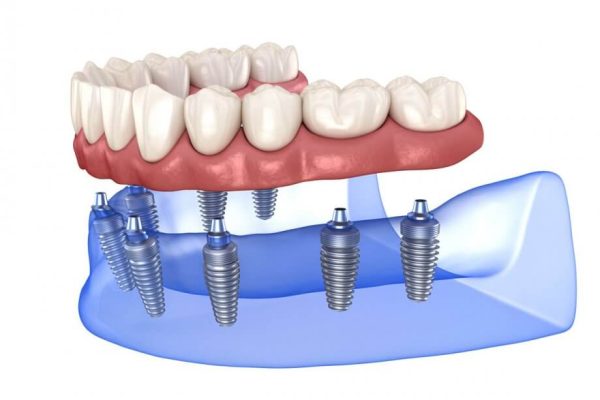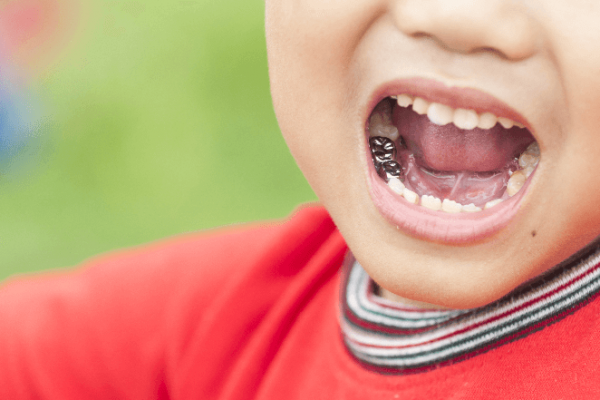Only the adults know how important oral hygiene is for ensuring the healthy and happy development of children. But kids are kids! Once they say they don’t want to go to the dentist, that is it. Very stubborn, right? But think from their point of view – did not we, as kids were equally (or even more) fearful about visiting the dentist.
So, here what parents can do, instead of spanking and shouting at kids, is to sit down with them and calmly discuss and find out why they are afraid to go to the dentist. As it might turn out, it is the pain that accompanies the dental procedures. Thankfully, science has come up with a solution for this with a procedure called sedation. This helps kids (and adults) undergo dental procedures without even a bit of pain. In this article, we shall discover 5 Safe Sedation Techniques for Children.
1. Inhalation Sedation
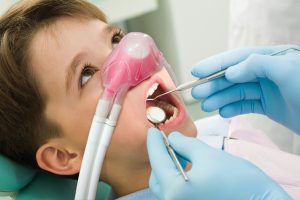
This technique involves inhaling sedative gasses(anesthetics) through masks during the procedure. The dentist makes your child wear a mask through which he administers sedative gases like Nitrous Oxide (NO). The special properties of Nitrogen Oxide make your child insensitive to pain.
The child will remain awake and will be able to talk to the dentist throughout the procedure. The effects of Nitrogen Oxide are very mild and the body quickly throws it out. As soon as the mask is removed the effects stop.
The possible side effects include the feeling of nausea. You may want to feed your child with liquid foods for at least 24 hours prior to the appointment.
Also, make sure that your child does not have a blocked nose due to cold rendering him/her unable to effectively inhale the sedative gas.
A study shows that inhalation sedation is safe and practical for even very young children.
2. Oral Sedation

Inhalation sedation is a mild medicine for children to cope with the pains during the dental procedure. But, if the child is slightly more anxious and/or agitated, the dentist may consider giving him/her oral sedation. This involves orally consuming sedative medicines and the chemicals released during the digestion process will carry out the functions of sedation.
The dentist usually decides what medicines suit the best for oral sedation for your child based on the child’s ability to cooperate, anxiety level and the kind of treatment.]
The child may feel slightly nauseatic after the oral sedation is administered. He may feel sleepy but will be in a semi-conscious state and will be able to respond to simple commands.
However, the child may not be able to walk home or even out of the dentist office. You may have to carry him/her home. Also, make sure you know certain details like what the child should eat before the procedure, what could happen during and after the procedure beforehand from your dentist. You may also have to stay back at the dentist’s office for sometime after the treatment while your child will be kept under observation both to ensure that the recovery is complete and that there are no problems.
A study has also concluded that oral sedation is very effective even in very agitated and distressed people both before and after treatment.
3. Injection or a Shot
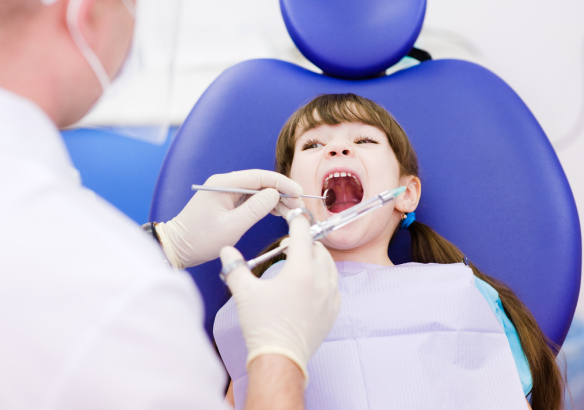
Here, the dentist directly injects the sedative medicine into the child. There will be a slight pain like an ant bite and soon, the entire area goes numb. Then the dentist may start the procedure. The child will be awake as this is mostly local anesthesia.
Intravenous Anaesthesia or IV sedation dentistry is a process which includes directly injecting the sedative to the veins of the child. This mostly will have an immediate effect. This effect may last up to a few hours, depending on the medicine and the dosage.
This technique is used if the child is very anxious, but is otherwise calm and relaxed so that stronger forms of sedation are not necessary.
4. General Anaesthesia

This makes the child completely unconscious and is the last resort if your child cannot relax himself/herself at the dentist’s office. The child will just sleep without any movement or talking. The dentist will first make the child inhale anesthetic vapor through a breathing tube and then administer IV medication. After the procedure, the dentist might keep your child under observation to ensure everything is alright and then send him/her home.
5. Injecting sedative drugs into the bone marrow
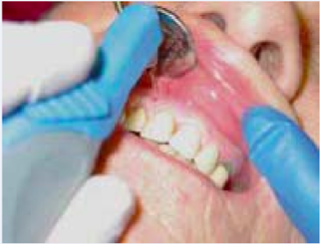
The latest innovation in the field of dental sedation is administering the sedative solution through an intraosseous drill directly into the cancellate bone next to the teeth to be treated. This helps to localize the spot of treatment and administer the local anesthesia without even touching any other unrelated part of the mouth.
This was the list of 5 safe sedation techniques for children that your dentist might administer to your child during his/her dentist visit so that your children get the most of it without much pain. These techniques also ensure that your kids don’t end up hating dentists. While they are safe, it also needs expertise and experience to administer them. So, make sure you are completely aware of the qualifications and experience of the anesthetist. Also, make sure you keep the general guidelines under consideration.
Author Bio:
Ross is a blogger who loves to write especially in the Health and dental vertical. He has written many informative blogs in other verticals too like personal development, unique gifting blogs etc.





